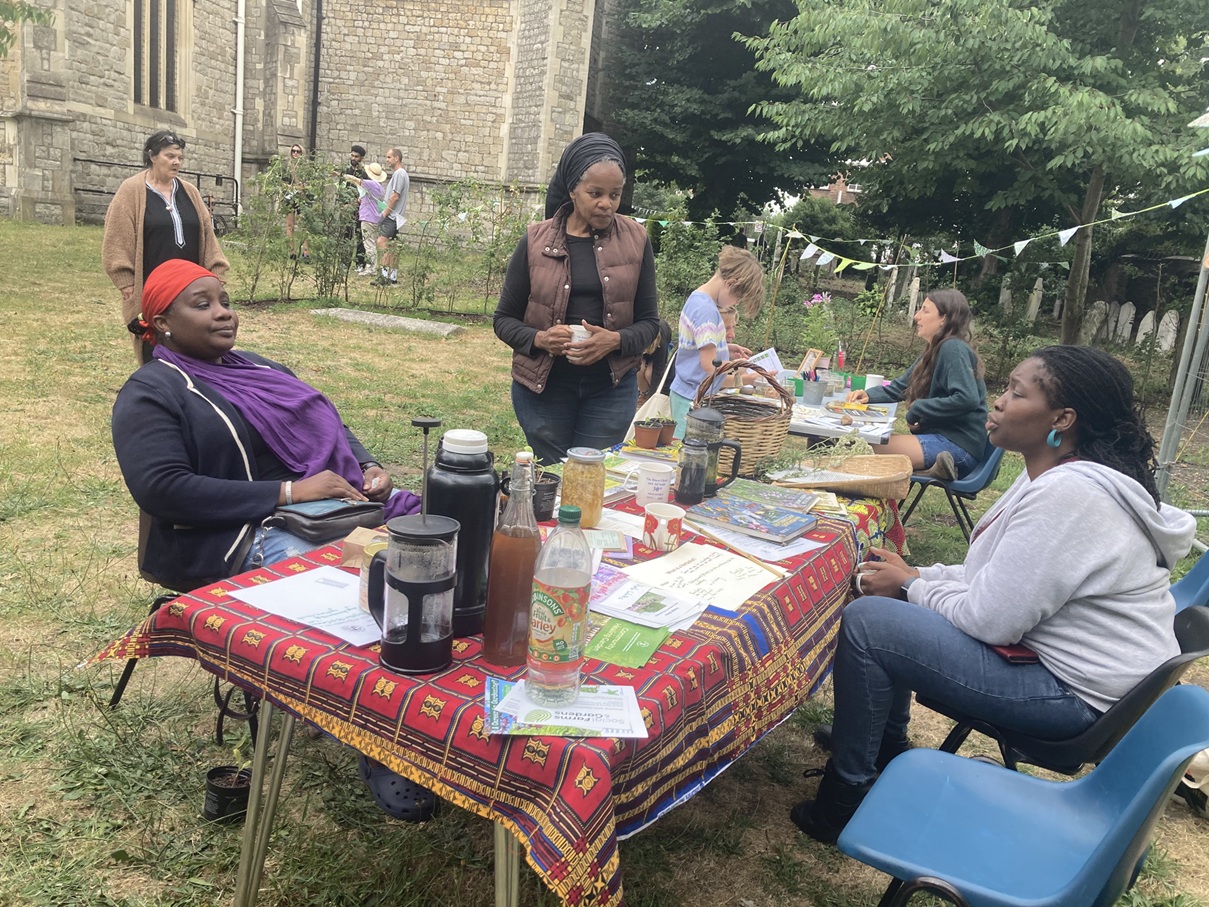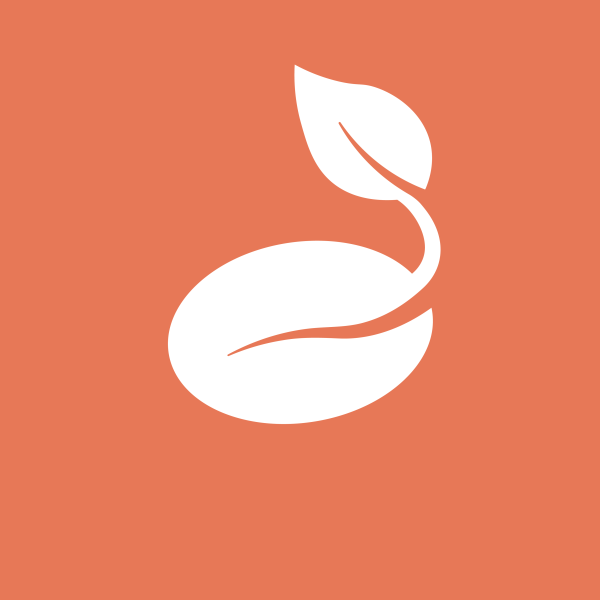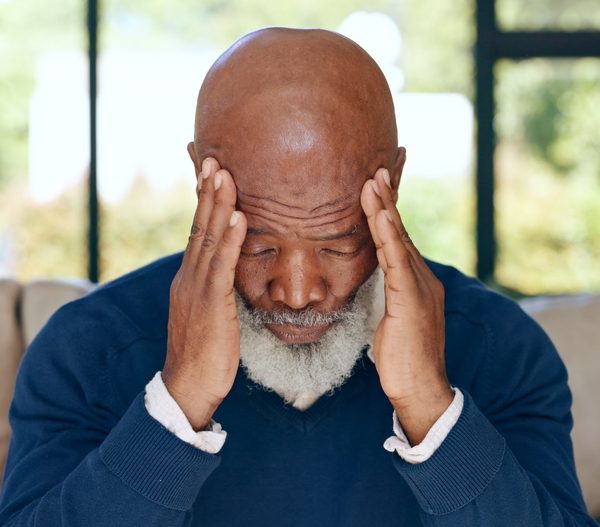How can herbalists bring people and plants together? From herb walks to gardening, apothecaries to medicine making, community herbalism, nurturing health and collective care.
There’s a distinct feeling of joy and mutual support in collective community interaction with herbal medicine that is much greater than the sum of its parts. Similar to the herbs themselves in their expression of synergy, between their constituent compounds, with other plants and with people, relationship is key to herbal medicine, which generates unknown and unexpected possibilities.
Community herbalism

The biomedical model employs an evidence based framework which stands to critique herbal medicine as outcomes with plant medicine cannot be guaranteed or replicated. However, living and practicing with my fellow herbal community members, I know I am guaranteed to find a depth of knowledge, perspectives and contributions, a well of healthful love and nourishment both physically and spiritually, and a commitment to sharing this joy on a regular basis. In hand with the challenges and difficulties that come with human beings being human together in group.
In my experience, the ‘serving of communities by herbal medicine’ is, in fact, a multi-way exchange where taking part in this activity embodies the essence of life mixing, multiplicity, diversity, richness and abundance from many sources and without too much pressure on any one point, which can be draining and exhausting. Holism is the theory that parts of a whole are in intimate interconnection, such that they cannot exist independently of the whole, or cannot be understood without reference to the whole. This is a great experiment to be in, and it does seem to make for better health.
Learning from one another

As herbalists, we trace different paths and realise that the ways people connect with plants are infinite, and we can discover what ignites our passion through this process. Some examples include bringing plant medicine into schools, Forest schools, children and young peoples’ lives with junior herbalism; offering courses and workshops in their localities, sharing specialties like women’s health, trauma-informed care, trans health, wild ecosystems; connecting people with herbal histories, diasporic and ancestral knowledge in the mix of cultures we live in through gardening groups and adult education.
In my journey, I’ve realised I like hearing from other people about their connections with plant medicine, especially in cultural contexts, as I come from a mix of different places and heritages.
The way that folks find connection across cultures through the remedies of their forepeople and the herbs of their lands is so beautiful to me. This has led to years of gathering together in community spaces, gardens, marshes, fields, verges, housing estates and sheltered accommodation, cemeteries, art galleries, museum backyards, hospices, offices, streets, wastelands and various other places with a diverse range of people to witness, learn and together discover the wonder of our ancient connections with the healing plants. The beauty and efficacy of this is that the plants are present in all these places and more.
Herb walks

Herb walks are a simple and brilliant way to bring plants and people together, as they can be held anywhere. A collective culmination of knowledge whilst moving, which London foragers London Wild Fruits and Rights For Weeds have reflected on very interestingly in their work. It makes for a different way of interacting than just sitting down talking. It’s a great pleasure, wild communing, mutual respect, contemporary folklore and oral history, and we discover a lot about the land we walk upon and the plants we meet, which stays with us long afterwards because we have done it together, which creates memorable reference points.
I’ve learnt so much from the people I’ve walked with. If these are done in ways that foster a longer-term engagement, then a movement can begin to emerge.
Misery Medicines is a community herbal learning programme that was set up by a queer mental health collective in London for black, brown and people of colour to come together on a monthly basis in wild spaces to learn about plant medicines and mushrooms, facilitated by herbalists. A substantial group of excited participants have connected through seasons and years with their urban wild landscapes, building knowledge and relationships and collectively exploring how to decolonise ideas and practices in healing and sustainability, nourished in earth surrounds.
There is longer-term healthful solidarity and community-building that is generated through this repeated mutual contact, especially where people and communities may be marginalised. As a result of the processes of capitalism and colonialism, people are more likely to be separated, harmed or excluded from environmental movements. Recognising and responding to this, we make space for and uplift diverse voices in the mix for our collective health, through community herbalism.
Seasonal gatherings
Seasonality is central to this work. Through seasonal gatherings we build continuity of knowledge and practice. Our Community Apothecary project in Waltham Forest in London, which has been running for some years now, spins a web of gentle connection where we find each other around familiar medicine gathering and making moments.
For example, picking nettles together in the green spring to dry, or infuse in vinegar, and their seeds in the summer to infuse in oil for joint balm; the heady sensuous excitement of hawthorn blossom time when the life is rising and we walk out together with baskets to the buzzing May fields and share knowledge about the plants; a cosy autumn period of making fire cider for winter warmth and protection with various groups in our locality; marking the special moments of the sun’s journey as we humans and plants sense it, in our gardens with fire and food, invoking traditions of the world and making new ones.
Gardens

Planting and cultivating medicine gardens together in our local areas is a rooting and healing process and this for me, has cultivated a deep sense of community. Keith Robertson, my teacher at the Scottish School of Herbal Medicine said “herbalists should have their fingers in the soil and fire in their bellies, and protect the sacred groves”. I am not a trained gardener or a grower, but I work closely with those who are, who share the desire to learn about herbs.
We spend time together regularly, we share stories and love through food and care, and we have a space where we can listen and talk with each other, held by plants and land. The understanding of how to live together grows, because we are all different, and it’s often difficult to negotiate human interaction, but here we seem to have more capacity and willingness to do it. We have cultivated a regular gathering of people that feels strengthening in this terrifying and maddening world of threat and injustice, founded in mutual support and laughter, and with whom we can feel we are doing generative work together.
If so many of our current polycrises in human sociality and politics are rooted in fear and distrust as well as dislocation from our natural world, these hubs of community herbalism (as well as so many other projects of collectivism) are places and processes where we can explore healing these roots. At the ground level, they can inform how to live in a healthier way than our hierarchical systems of dominant power that are wreaking so much damage.
So much knowledge is exchanged around the herb beds while hands weed, sow and prune, experiences and emotions are held and shared, and relationships are made with soil, insects, birds and trees.
We’ve been making a herbarium of pressed plants that grow around the site, and painting names of plants on scrap wood for the beds. Here different creative skills emerge. Collaborators come to the garden to dig clay for art projects, or to do crafting sessions, and community members research and practice forest gardening, orcharding, food growing, plant ID and botany, and we host seasonal open days for the local community to come see what we are doing and get involved.
Each week we meet herbs as they grow, we drink them in tea and feel them in our bodies, everyone uniquely. Harvesting in high summer and making remedies around the table under the oak tree, garbling and smelling the herbs, people of all colours and backgrounds come together and share energy, recipes and healing tips.
Apothecaries
Another place where community can gather with herbs is the apothecary. Traditionally, the place where people would come for herbs and advice, where herbs, spices and wine would be stored. ‘Apothecary’ is also the title of the medical professional who would make the medicines and give the advice (a little like today’s pharmacies). In the 17th and 18th centuries, thousands of apothecaries would be found up and down the land, as public provision.
Today they are a rarity, but remain an important space to encounter both the herbs and practitioner, an alternative to buying them online alone, without guidance. Nether Edge Herbarium in Sheffield, Baldwins Apothecary, Power Herbs, Back to Eden, Brixton Wholefoods, and Clapton Botanica in London and plenty of others around the UK are interfaces between plants and people.. They give the public access to herbal medicine in a shop context where people can feel comfortable having a chat and finding out more, without the commitment of the time and economic resource for a consultation. Being the medicine of the people, it is distorted that herbal treatment should be so costly to access and community activity and offerings are a way to address this.
In a Herbcast episode, Simon Mills discusses the apothecary, how herbalists survived the move into cities, as a resilient model with a front and back of house — both the place where medicine is made, and sold to the public. With Community Apothecary, we are now doing a fortnightly ‘apothecary hub’ at the Hornbeam, a community space in Walthamstow, where we are making accessible the back as well as the front. We are drawing out our circle of ‘seed to salve’ with herbs we have collectively grown in our gardens and gathered in our local lands, we are making medicines together at the apothecary, sharing learning about practical pharmacy, the lore, history and applications of the herbs in our health, and exchanging knowledge from our own healthcare stories.
The remedies we make stocks of are available for everyone and the general public to access, at a cost so that we can continue to resource the project. It’s a work in progress, figuring out how to sustain this, in a world that demands selling and profit — we are exploring a more participatory and mutual aid approach that doesn’t fit into the economic model that we are unwillingly living in.
Other models are alive and practicing:
- Lorna Mauney-Brodek’s Herbalista project that originated in Atlanta with street-focused herbal healthcare, which in turn inspired the Mobile Apothecary in London, supporting homeless community with collectively-made remedies
- Hackney Herbal, a social enterprise promoting wellbeing through a range of activities with herbs
- Grassroots Remedies and Movement in Thyme in Scotland connecting folks with native herbal medicine and sharing plenty of resource with their communities with a health sovereignty and anti-oppression lens
- Herbalists without Borders Bristol who grow herbs to make medicines to bring solidarity to migrant and asylum seeker projects there
- Mobile Herbal Clinic Calais set up some years ago to address the crisis of violent, racist borders and healthcare collapse in refugee camps, organising regular medicine distribution and care visits with herbalists and students, taking batches of specific medicines that have been developed for the health situations that arise in those settings.
Herbalism together
These are all ways that herbalists bring people together with plants in wider political contexts, where injustice, inequality and oppression directly cause sickness, ill health and increased mortality. Herbal medicine, as a marginalised healthcare modality, is fitting to support our practice of collective care for all in a world that weakens our agency and autonomy whilst depleting the earth’s health. Through learning together how to make medicines, and care for the plants and their ecosystems, we foster self-reliance and nurture sustainable means to support whole, connected health.
By practicing herbal medicine in community, we learn together about how to take care of ourselves, each other and the earth around us: “Rarely, if ever, are any of us healed in isolation. Healing is an act of communion.” — Bell Hooks, All About Love, 1999




























